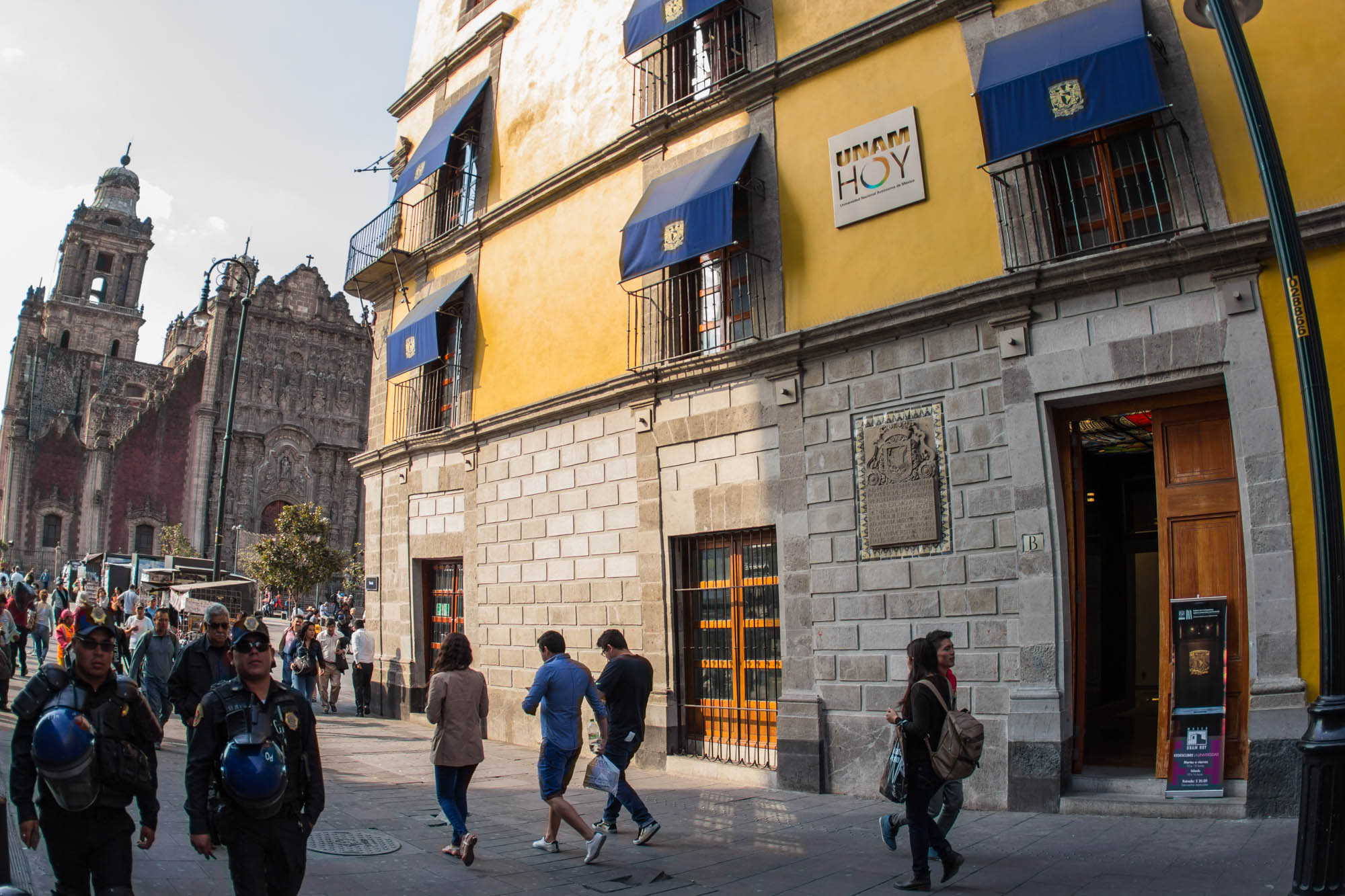

Foto: DGCS UNAM
La Real y Pontificia Universidad de México se fundó, por decreto real, en 1551. Aunque, por unos meses de diferencia, la Universidad Nacional de San Marcos en Lima, Perú, es considerada la primera universidad fundada en América del Norte.
Después de la Independencia de México se le dio el nombre de Universidad de México, y en el siglo XIX se vieron muchos intentos por eliminar la parte “pontificia” de la escuela. Cuando cerró definitivamente en 1865, muchos de sus departamentos seculares, entre ellos derecho y medicina, continuaron funcionando.
En la decadencia del Porfirato, estos colegios descentralizados de educación superior se fusionaron bajo la dirección de Justo Sierra Méndez. Él era entonces la voz principal de los “científicos”, la camarilla intelectual de Porfirio Díaz. Así se fundó la Universidad Nacional Autónoma de México (UNAM).
El Museo UNAM Hoy ocupa uno de los edificios originales de la universidad. Su misión es transmitir la importancia de ambas instituciones en la historia de la ciudad y del país. El museo forma parte del Instituto de Investigaciones sobre la Universidad y la Educación de la UNAM.
Los visitantes del museo, al entrar, pueden ver por una ventana arqueológica las exhibiciones que incluyen los restos de un templo antiguo, muros coloniales, una escalera del siglo XIX y algunos de los muchos objetos descubiertos durante las renovaciones del edificio.
Las salas posteriores muestran el antiguo barrio universitario. Casi todo estaba dentro del centro de la ciudad. Destacan el Antiguo Colegio de San Ildefonso y la Academia de San Carlos.
A continuación se incluye una cronología más detallada de la historia de la universidad. Un mapa digital delinea la presencia de la UNAM en todo el país. Esto incluye muchos centros de investigación científica divergentes en lugares verdaderamente remotos.
Los centros de producción literaria, bibliográfica y de medios son una muestra de la gran cantidad de premios y menciones que la universidad ha recibido a lo largo de los años.
Partes de la Real y Pontificia Universidad de México, aunque no forman parte del Museo UNAM Hoy, se pueden visitar en el Palacio de la Autonomía UNAM, justo al final de la calle Moneda.
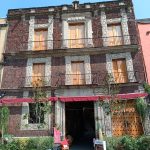 Tras la caída de Tenochtitlan, se destruyó el templo dedicado a Tezcatlipoca y los aposentos para los sacerdotes, sobre las ruinas se construyó la casa que fue de Catalina de Montejo. Para 1553 esas casas recibieron a la comitiva con la que se inauguró la Real y Pontificia Universidad de México, y en sus salas se dictó la primera cátedra universitaria de la América continental. Para inicios del siglo XVII la Universidad se construyó un magnífico edificio en la Plaza del Volador y en los bajos de la casa de la esquina del Relox y la Moneda se fundó la Cantina “El Nivel”. Este centenario establecimiento vio pasar los sucesos políticos, militares y sociales que marcaron la historia de la ciudad y el país.
Las casas han sido restauradas y ofrecen al visitante ventanas arqueológicas al pasado antiguo y muestran el presente de la Universidad Nacional.
Tras la caída de Tenochtitlan, se destruyó el templo dedicado a Tezcatlipoca y los aposentos para los sacerdotes, sobre las ruinas se construyó la casa que fue de Catalina de Montejo. Para 1553 esas casas recibieron a la comitiva con la que se inauguró la Real y Pontificia Universidad de México, y en sus salas se dictó la primera cátedra universitaria de la América continental. Para inicios del siglo XVII la Universidad se construyó un magnífico edificio en la Plaza del Volador y en los bajos de la casa de la esquina del Relox y la Moneda se fundó la Cantina “El Nivel”. Este centenario establecimiento vio pasar los sucesos políticos, militares y sociales que marcaron la historia de la ciudad y el país.
Las casas han sido restauradas y ofrecen al visitante ventanas arqueológicas al pasado antiguo y muestran el presente de la Universidad Nacional.
Ruta del Corazón de México: Ruta Moneda-Santísima
< < Ruta 5 Loreto-San Ildefonso |Palacio del Arzobispado > >
Proyecto “Corredor de Cultura Digital”.
Nombre de la investigación: Investigación Centro Histórico, Monumentos, Edificios y Puntos de Interés (2023)
Dirección de investigación y diseño de Rutas: Acércate al Centro A.C. Guadalupe Gómez Collada
Coordinación e investigación histórica: Fideicomiso del Centro histórico Dir. Maestra Loredana Montes
 museounamhoy@gmail.com
museounamhoy@gmail.com
 5542 0186 y 5522 2630
5542 0186 y 5522 2630
 http://www.iisue.unam.mx/museo-unam-hoy/
http://www.iisue.unam.mx/museo-unam-hoy/

Cercano a 0.03 kms.
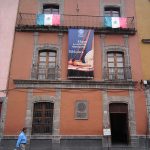
Cercano a 0.05 kms.
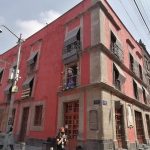
Cercano a 0.07 kms.
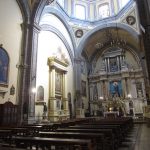
The first target of the counter-reformational Academy of Art . . .

One of the Center City's most important cultural centers with a small fascinating museum...
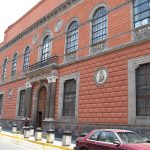
La primera Academia y Museo de Bellas Artes de las Américas.
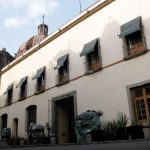
La antigua iglesia y convento de Santa Inés ofrece una animada competencia en una calle del centro de la ciudad.

Uno de los principales museos de arte del país, la SHCP resultó solo del pago de impuestos - ¡en arte!